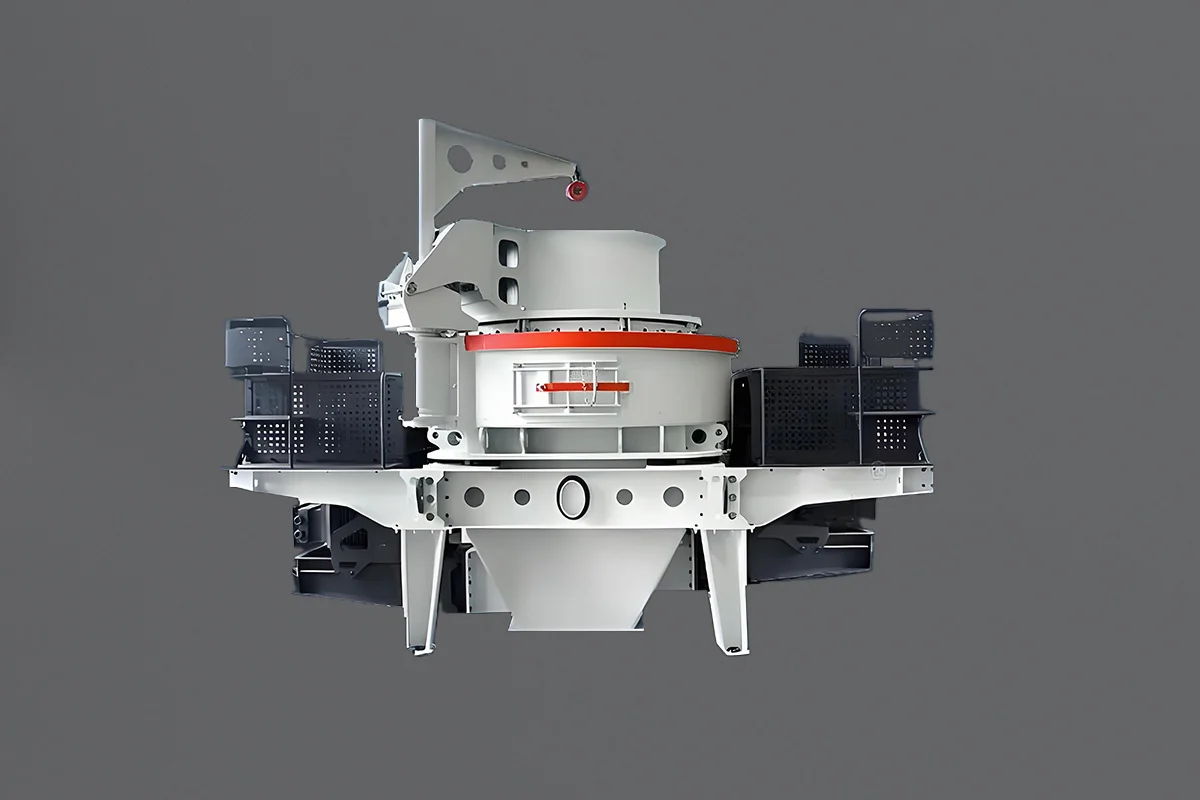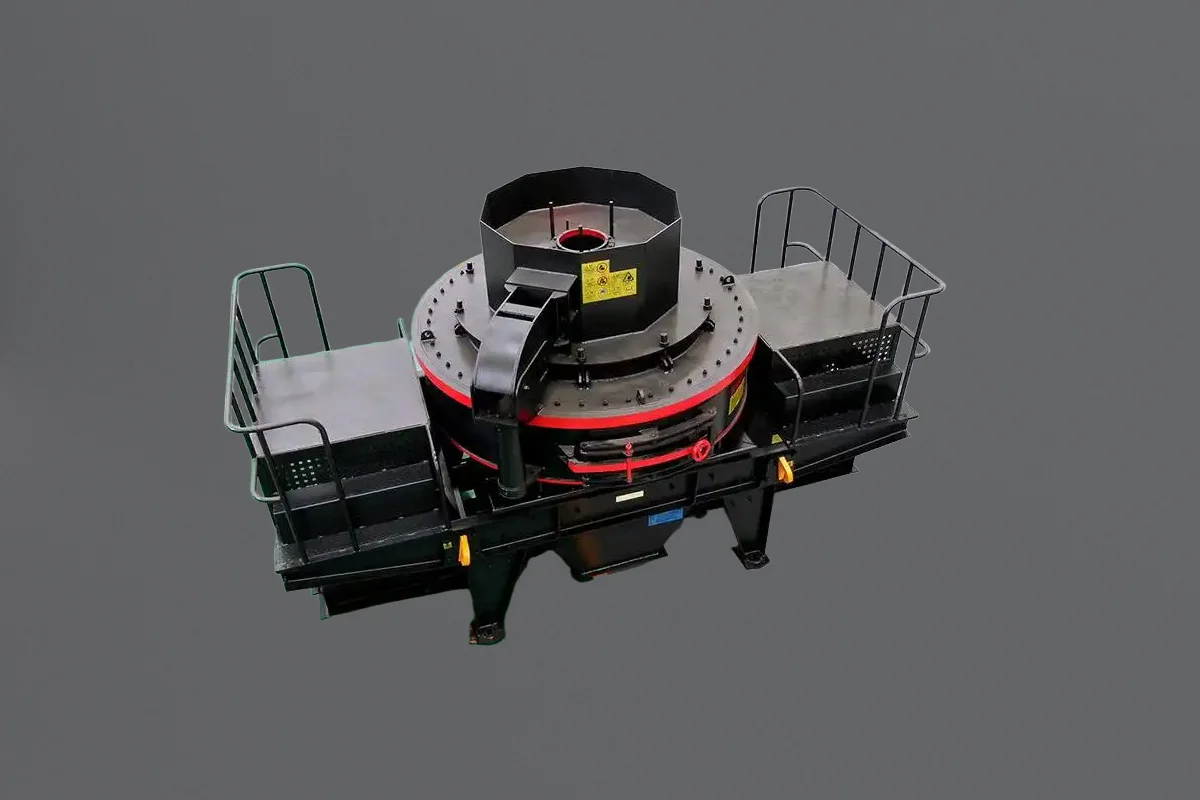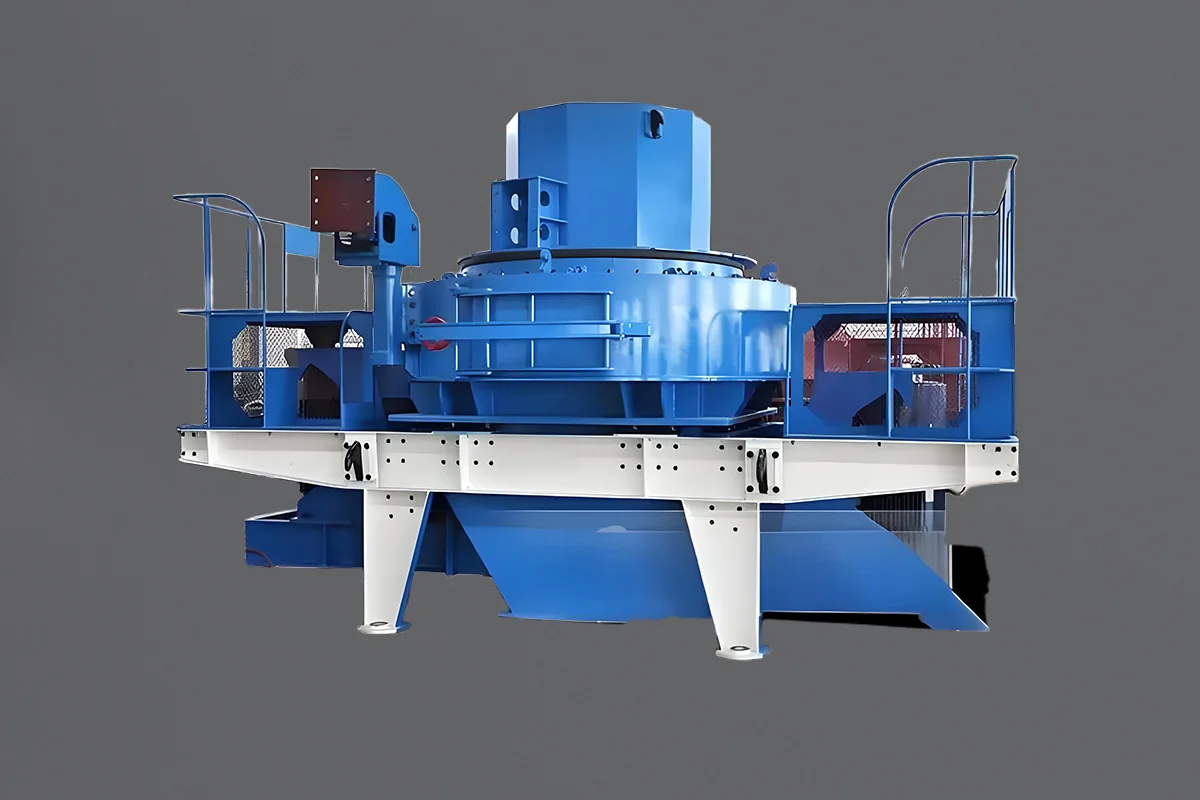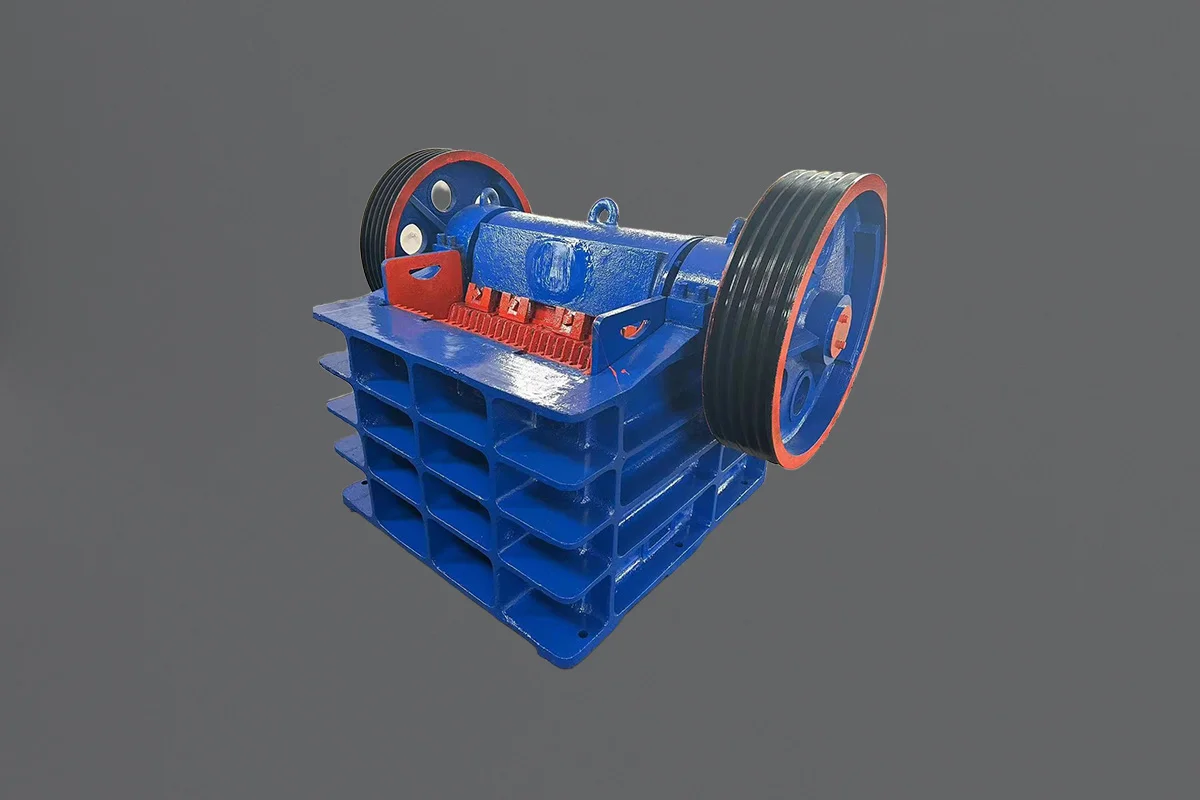The intricate interplay of various elements to achieve desired mechanical properties is fascinating when considering alloy steel yield strength. Understanding how alloying elements interact to enhance strength is essential for optimizing material performance.
When examining the yield strength of high-strength, low-alloy steel, it can range from 250 to 590 megapascals (36,000 to 85,000 psi). This wide range illustrates the variability in the strength levels achieved with this type of steel.
High-strength low alloy (HSLA) steels are tougher and stronger than carbon steels. However, this increased strength comes at a cost, as HSLA steels typically require 25 to 30% more power during forming processes. But why is alloy steel yield strength so strong? Let’s find out.
Why is Alloy Steel Yield Strength So High?
Alloy steel yield strength is remarkably high due to the careful inclusion of alloying elements, which enhance the material’s properties. Here are the reasons:
- Addition of Alloying Elements
- Grain Refinement
- Heat Treatment Processes
- Work Hardening
- Phase Transformations
- Strain Aging
Addition of Alloying Elements
A solid solution is formed within the iron matrix by incorporating specific alloying elements into steel. This distorts the crystal lattice and hinders the movement of dislocations, thereby significantly increasing the yield strength.
Elements like chromium, molybdenum, nickel, vanadium, and manganese are commonly added to steel. These alloying elements interact with the iron atoms, forming a solid solution where the atoms of the alloying elements are embedded within the iron lattice.
This distortion in the crystal lattice makes it harder for dislocations to move, effectively strengthening the material. Additionally, the formation of fine precipitates of carbides and nitrides, like vanadium carbide and aluminum nitride, inhibit dislocation movement.
Grain Refinement
The high yield capacity of alloy steel is attributed to the refinement of grain boundaries achieved by adding specific alloying elements. Controlled rolling or heat treatment processes can introduce these elements and develop a finer grain structure within the steel matrix.
The refinement leads to more grain boundaries, which obstruct dislocation movement. This impediment increases the resistance to deformation, ultimately elevating the material’s yield strength.
Hall-Petch’s equation explains how grain size affects yield strength. According to this principle, smaller grain sizes correspond to higher yield strengths. Therefore, the grain refinement achieved through alloying plays a crucial role in enhancing the physical properties of alloy steel.
Heat Treatment Processes
In heat treatment processes, the high yield strength of HSLA alloy steel is achieved through strategically manipulating its microstructure. Quenching involves rapid steel cooling from a high temperature, forming a hard and brittle martensitic structure.
After tempering, toughness and ductility are improved while hardness and strength are retained, creating a balanced microstructure that greatly boosts yield strength. Another crucial heat treatment process is normalization, where the steel is heated to a specific temperature and then air-cooled.
This method refines the grain structure and distributes alloying elements more uniformly throughout the material. Normalization results in a more homogeneous microstructure, improving mechanical properties and higher yield strength.
Work Hardening
Through work hardening, alloy steel gets high yield strength by increasing dislocation density during plastic deformation below its recrystallization point. The dislocations in the crystal lattice multiplier become entangled when alloy steel is plastically deformed at these low temperatures, making further deformation difficult.
This process produces a strengthening effect known as work hardening or cold working. Dislocation motion is hindered by the increased density, so plastic deformation requires more stress. As a result, the material exhibits higher yield strength due to the resistance offered by the accumulated dislocations.
Work hardening is a crucial mechanism in enhancing the mechanical properties of alloy steels, allowing them to withstand greater loads and stresses. Understanding the role of work hardening is essential for optimizing the performance of alloy steel components in various applications.
Phase Transformations
During phase transformations, alloy steel achieves high yield strength through the material’s controlled presence of martensitic and other hard phases.
When austenite undergoes a phase change to martensite, atoms rearrange into a body-centered tetragonal structure, increasing hardness. This transformation, often induced by quenching, leads to the formation of a hard phase that contributes to the overall strength of the alloy steel.
Martensitic structures and other hard phases are crucial in enhancing the material’s yield strength. By strategically controlling the phase transformations within the steel, engineers can tailor its mechanical properties to meet specific requirements.
Strain Aging
When alloy steel ages, strain causes solute atoms to diffuse to dislocations and pin them during plastic deformation and aging.
This phenomenon involves the interaction of dislocations with solute atoms like nitrogen or carbon. As the steel undergoes plastic deformation, these solute atoms migrate towards dislocations and hinder their movement, increasing the material’s resistance to further deformation.
The pinned dislocations act as barriers, impeding the propagation of new dislocations and enhancing the overall durability of the alloy steel.
Strain aging determines the mechanical characteristics of alloy steel, particularly its yield strength. By impeding dislocation motion, the presence of solute atoms contributes to the hardening of the material, making it more resistant to deformation.
Why is yield strength important in alloy steel?
Yield strength indicates the maximum stress a material can withstand before it permanently deforms. The yield strength of alloy steel, a combination of iron and other elements like carbon, manganese, and chromium, is a critical factor in determining the load capacity of components.
By knowing the yield strength of alloy steel, engineers can make structures and parts that can handle specific loads without deforming. This is crucial for maintaining safety and durability in various applications, from construction to automotive manufacturing.
Additionally, the high yield strength of alloy steel allows for the creation of lighter and more efficient structures, reducing material usage while maintaining performance standards. Overall, yield strength in alloy steel is fundamental to ensuring the reliability and longevity of engineered systems.
Can alloy steel maintain high yield strength at elevated temperatures?
Certain alloy steels are designed to withstand high temperatures while retaining high yield strength. Elements like chromium and molybdenum play a crucial part in enhancing the heat resistance of alloy steels.
According to alloy steel manufacturers and suppliers, these alloying elements form stable carbides at high temperatures, which keep the material’s mechanical properties. Additionally, the solid solution strengthening effect of elements like nickel further contributes to the high-temperature strength of alloy steels.
Alloy steels are ideal for the aerospace, automotive, and power generation industries because they maintain high-yield strength at elevated temperatures.
Is higher yield strength always better for alloy steel applications?
Maintaining a balance between alloy steel grade, yield strength, and material properties is essential when determining the suitability of alloy steels for specific applications. While higher yield strength in alloy steels can offer improved load-bearing capabilities, it only sometimes equates to better performance across all applications.
The trade-off for increased yield strength often involves reducing ductility and toughness, leading to potential brittleness. This can be a critical factor in applications where the material may be subjected to impact loads or environments requiring a certain level of deformation before failure.
Unveiling the Ultimate Power of Alloy Steel: Strength and Performance
Like a fortress wall, alloy steel yield strength stands strong and resilient due to the strategic addition of alloying elements and precise heat treatment processes. The specific alloying elements and processing techniques are carefully selected and controlled to optimize the steel’s mechanical properties for its intended application.
Alloy steel offers durable and efficient solutions across various industries. It can achieve significantly higher yield strengths by balancing toughness, corrosion resistance, and other properties than plain carbon steels.
So, next time you need a sturdy material like a steel beam, look no further than alloy steel for unparalleled strength and performance.



